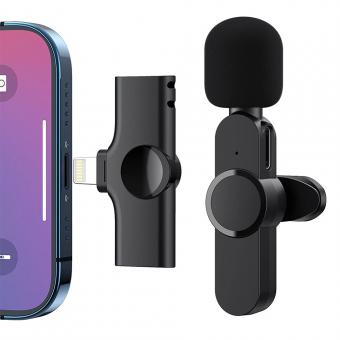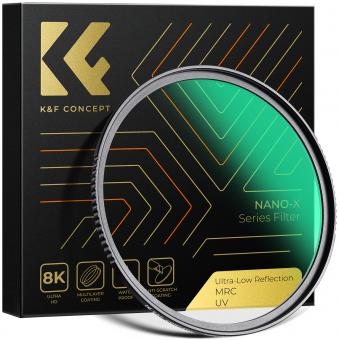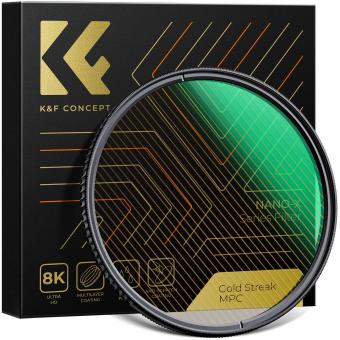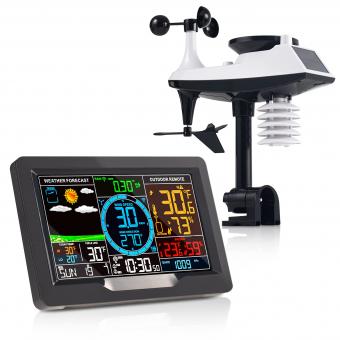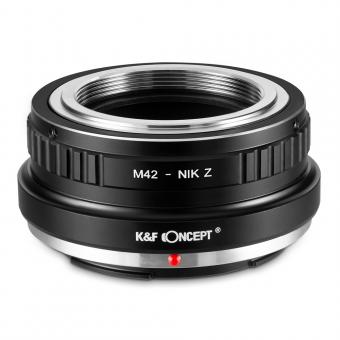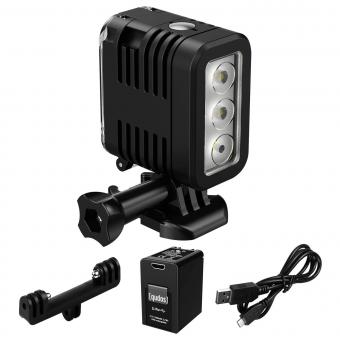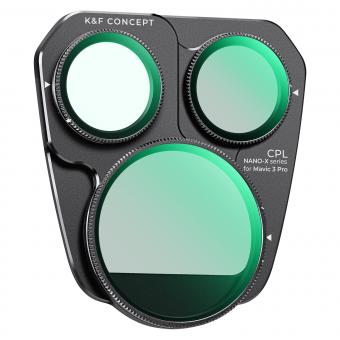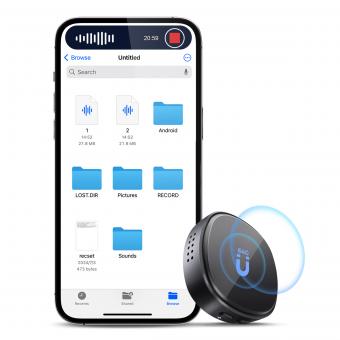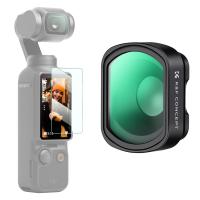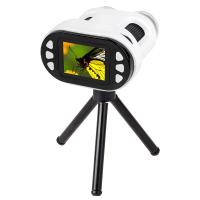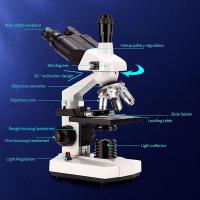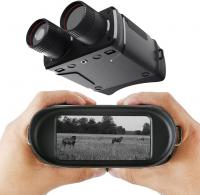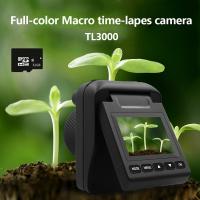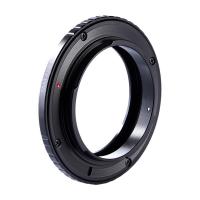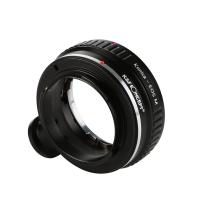What Do Camcorders Record On ?
Camcorders record on various types of media, including tapes, DVDs, hard drives, and memory cards.
1、 Digital storage media (e.g., SD cards, internal memory)
Camcorders record on digital storage media, such as SD cards or internal memory. These storage options have become increasingly popular due to their compact size, high storage capacity, and ease of use. SD cards, in particular, are widely used in camcorders as they offer a convenient way to store and transfer video footage.
Digital storage media has revolutionized the way we record and store videos. Unlike traditional analog formats like tapes or DVDs, digital storage media allows for easy transfer and editing of video files. With the advancement of technology, the storage capacity of SD cards has significantly increased, enabling users to record hours of high-quality video footage.
The use of digital storage media also allows for quick and easy access to recorded videos. Users can simply remove the SD card from the camcorder and insert it into a computer or other compatible device to view or edit the footage. This convenience has made digital storage media the go-to choice for many videographers and enthusiasts.
Furthermore, the latest camcorders often come equipped with internal memory in addition to SD card slots. This internal memory provides an additional storage option, allowing users to record videos even without an SD card. Internal memory is particularly useful in situations where an SD card may be full or unavailable.
In conclusion, camcorders record on digital storage media, primarily SD cards or internal memory. These storage options offer convenience, high storage capacity, and easy access to recorded videos. As technology continues to advance, we can expect further improvements in digital storage media, providing even more efficient and reliable recording options for camcorders.

2、 Magnetic tapes (e.g., MiniDV, Hi8)
Camcorders have been a popular choice for recording videos for several decades. In the past, camcorders primarily recorded on magnetic tapes such as MiniDV and Hi8. These tapes were inserted into the camcorder and used a magnetic head to record and play back the video footage.
Magnetic tapes were widely used because they offered a reliable and affordable way to record videos. The tapes had a high storage capacity, allowing users to record hours of footage. Additionally, the tapes were easily portable and could be easily stored for future use.
However, with the advancement of technology, the use of magnetic tapes in camcorders has significantly declined. Nowadays, most camcorders record videos on digital media such as SD cards or internal memory. These digital formats offer several advantages over magnetic tapes.
Firstly, digital media provides instant access to recorded videos. Users can easily transfer the recorded footage to a computer or other devices for editing or sharing purposes. Additionally, digital media is more durable and less prone to damage compared to magnetic tapes, which can degrade over time.
Furthermore, digital formats offer higher video quality and resolution options. Camcorders now have the capability to record videos in high definition (HD) or even 4K resolution, providing users with stunning visual clarity.
In conclusion, while camcorders used to primarily record on magnetic tapes such as MiniDV and Hi8, the technology has evolved, and most modern camcorders now record on digital media such as SD cards or internal memory. These digital formats offer greater convenience, durability, and higher video quality options, making them the preferred choice for recording videos.

3、 Optical discs (e.g., DVD, Blu-ray)
Camcorders have come a long way since their inception, and the recording medium they use has evolved as well. In the past, camcorders primarily recorded on analog tapes, such as VHS or Hi8. However, with the advancement of technology, camcorders now predominantly record on optical discs, such as DVDs and Blu-rays.
Optical discs offer several advantages over traditional tapes. They provide higher video quality, larger storage capacity, and are more durable. DVDs, for instance, can store up to 4.7 GB of data, while Blu-ray discs can hold up to 50 GB or more. This increased capacity allows for longer recording times and higher-resolution videos.
Furthermore, optical discs are more convenient for playback and sharing. They can be easily played on DVD or Blu-ray players, computers, and gaming consoles, making it simple to view and share recorded videos with friends and family. Additionally, optical discs are less prone to damage and degradation compared to tapes, ensuring that the recorded content remains intact for a longer period.
However, it is worth noting that the popularity of camcorders has declined in recent years due to the rise of smartphones and digital cameras. These devices offer high-quality video recording capabilities and the convenience of instantly sharing videos online. As a result, many people now prefer to use their smartphones or digital cameras for recording videos, rather than investing in a separate camcorder.
In conclusion, while camcorders traditionally recorded on analog tapes, they have now shifted to optical discs like DVDs and Blu-rays. These discs provide higher video quality, larger storage capacity, and greater durability. However, with the rise of smartphones and digital cameras, the use of camcorders has diminished, as people opt for more versatile and convenient recording options.

4、 Solid-state drives (SSDs)
Camcorders record on solid-state drives (SSDs). SSDs are a type of storage device that use flash memory to store data. They have become increasingly popular in recent years due to their numerous advantages over traditional hard disk drives (HDDs).
One of the main advantages of SSDs is their speed. They offer much faster read and write speeds compared to HDDs, which means that camcorders can record and transfer data more quickly. This is particularly important for high-definition and 4K video recording, where large amounts of data need to be processed in real-time.
Another advantage of SSDs is their durability. Unlike HDDs, which have moving parts that can be easily damaged, SSDs have no moving parts. This makes them more resistant to shock, vibration, and other physical impacts. This durability is especially beneficial for camcorders, which are often used in outdoor and unpredictable environments.
Additionally, SSDs are more compact and lightweight than HDDs. This allows camcorders to be smaller and more portable, making them ideal for on-the-go recording. The compact size of SSDs also means that camcorders can be designed with sleeker and more ergonomic designs.
Furthermore, SSDs have a longer lifespan compared to HDDs. They can withstand a higher number of read and write cycles before experiencing performance degradation. This means that camcorders equipped with SSDs can be used for a longer period of time without needing to replace or upgrade the storage.
In conclusion, camcorders record on solid-state drives (SSDs) due to their speed, durability, compactness, and longer lifespan. SSDs have revolutionized the way video is recorded and stored, providing a reliable and efficient solution for capturing high-quality footage.


